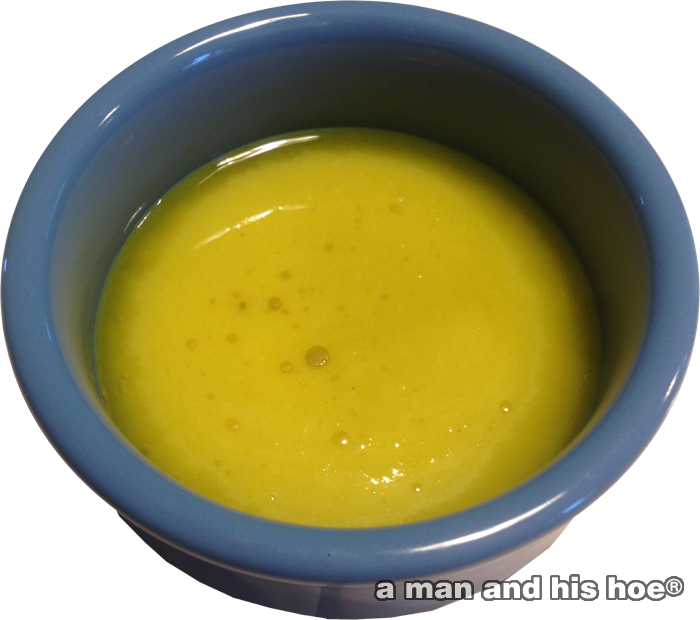
A remarkable feature of the chickens from a man and his hoe® is the golden fat on the birds. It’s more like oil or butter than the fat you find on beef and pork. At room temperature it is liquid and makes a delicious fat for frying.
Category: Cooking-Roasting Tips
-
Liquid Gold
-
More Chicken – The Other Red Meat

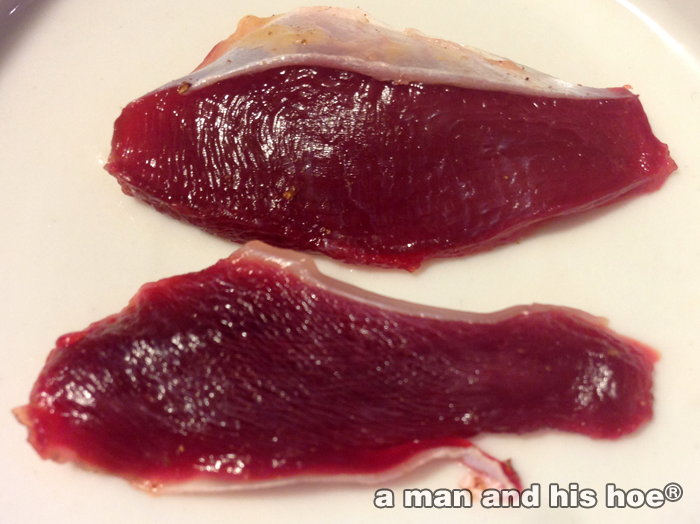
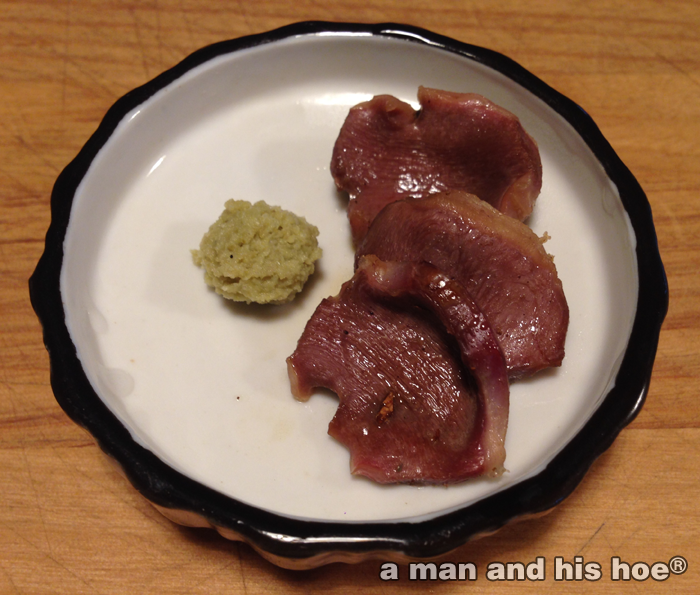
This probably isn’t what comes to mind when you think of chicken. You probably don’t associate such a dark, red meat with chicken. But when roosters get to live outdoors, courting hens through pasture and woodland, breathing fresh air all day, roaming far and wide in search of love, and standing guard over their flock, they develop large, healthy gizzards.
The first time I butchered a rooster, what shocked me was the vibrant colors of his internal organs. Gizzards of healthy, exercising chickens have a beautiful blue hue on the outside. That first rooster’s gizzard was an especially brilliant, cobalt blue.
The gizzard is a strong muscle surrounding a pouch with a tough lining. Inside are bits of gravel and small stones. The food a chicken eats passes into the gizzard from the crop. The muscles of the gizzard churn vigorously, grinding the food and gravel together, turning the grain and grasses and bugs a chicken devours into a mash. The gizzard does the job our teeth do when we chew.
As a result, the gizzard of a healthy chicken is tough. Slice it thin, fry it gently in butter, add some white wine or sake, a bit of soy sauce or Worcestershire sauce, and in a few minutes you have a wonderful appetizer. What makes this meat exceptional is the texture. It has a crunch you don’t associate with meat.
-
Coq au Vin – Chicken, the Other Red Meat
Usually, you don’t think of chicken as a red meat. But a year old rooster has meat as red as beef. The pictures below are of the roosters thigh and legs, and breasts. Using Julia Child’s Coq au Vin recipe from page 263 of her Mastering the Art of French Cooking Volume One Fortieth Anniversary Edition, this 4 pound 9 ounce rooster, came out tender and beefy. The one difference is that her recipe calls for simmering the bird in wine slowly for 25 to 30 minutes. Instead, I simmered the rooster for three hours.
You’re never going to be able to walk into your local supermarket and walk out with a year old rooster, or chicken with such rich meat. It takes many months for a bird to develop such hearty meat. The only way you’re going to be able to enjoy Coq au Vin like this, is to make arrangements with me, or another farmer dedicated to raising these magnificent birds.
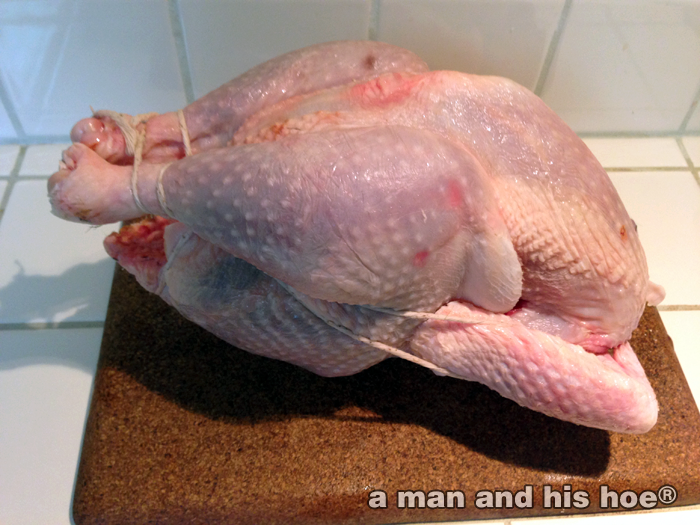
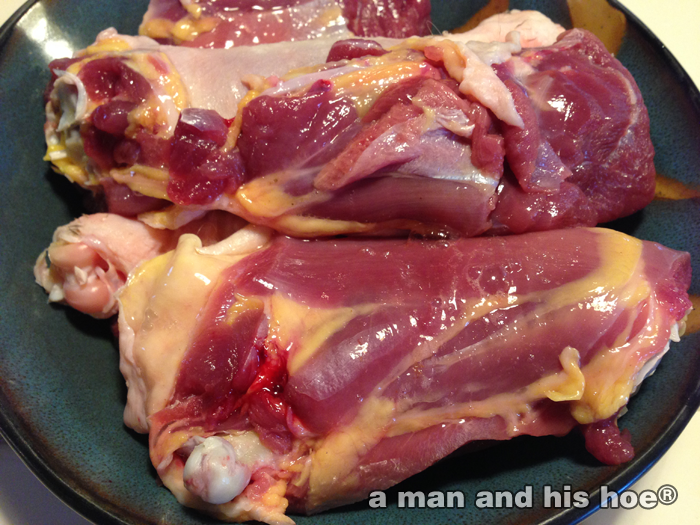

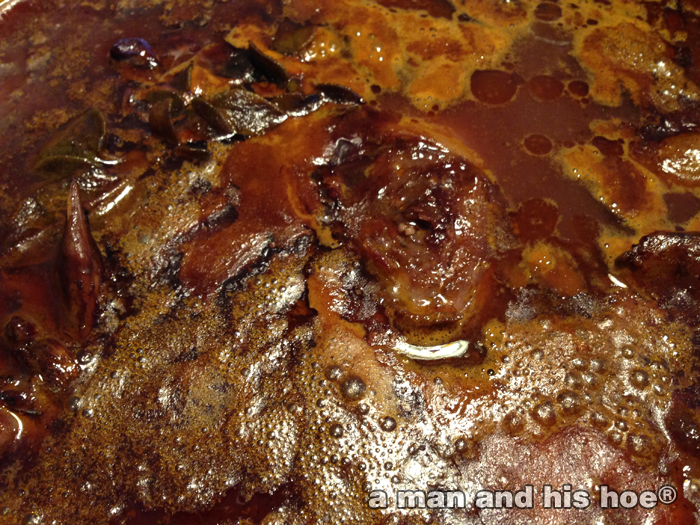
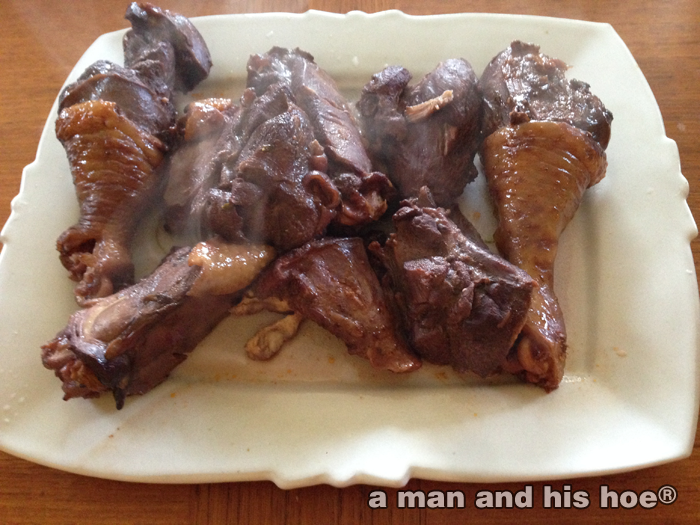
Below are links to others who have made Julia Child’s Coq au Vin recipe:
- Honor Julia Child with This Coq Au Vin Recipe
- Smitten Kitchen – Coq au Vin
- Leite’s Culinaria – Coq au Vin
- The Little Ferraro Kitchen – Coq au Vin
- The Endless Meal- Coq au Vin
All of the examples above use your average store bought chicken. Though you really need a grown rooster to savor the full richness of this dish. After all, the name of the dish is Coq au Vin not Poule au Vin.
-
This Is Chicken?
The variety of meat chicken can provide is truly remarkable. Below is the leg and thigh meat of a roasted, fully grown rooster. The flavor and texture is very similar to a mild goat roast. If you closed your eyes and ate this rich meat, you would have no idea it was chicken.
Gina Bisco in her article Rediscovering Traditional Meats from Historic Chicken Breeds, describes the traditional chicken meat classes, broiler, fryer, roaster and fowl, which were used until the 1940s to describe the various types of chicken meat.
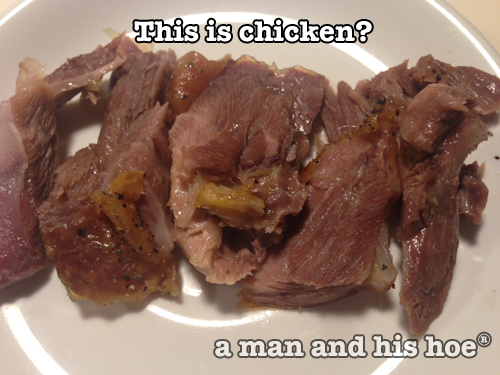
This is chicken? Up until the 1940s, the age at which a chicken was butchered determined its meat class. These classes are no longer used as modern chicken farming has dramatically speeded up the rate at which commercial chickens grow. Most now grow only six to eight weeks before they are processed. They eat voraciously, exercise little, and become fat birds in the blink of an eye. If humans grew at the speed modern chickens do, we would weigh over 300 pounds by the time we were two years old. At that speed, the traditional meat classes become meaningless as there is no difference between a six week old chicken and an eight week old chicken.
Don’t click this link if you are the least bit squeamish, but you get a good idea what modern chicken farming is about in the video: 45 Days: The Life and Death of a Broiler Chicken. Don’t worry, you’ll never find such chicken at A Man and His Hoe. Chickens here are hatched from eggs incubated by loving mothers, and raised with the care only mother hens can provide.

Trussed rooster A fully grown rooster is quite impressive when it is trussed and ready to be roasted. Like all chickens which forage for food and walk long distances every day, most of the meat is on the legs and thighs. The redness of the legs and thighs shows through the firm skin.
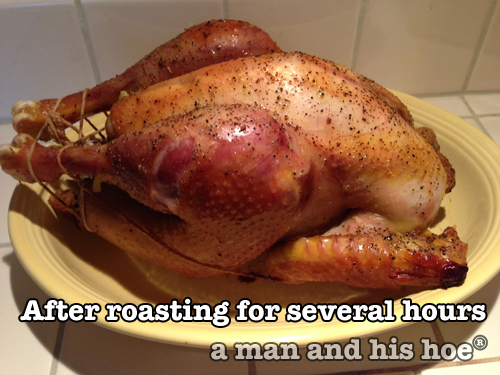
A roasted rooster And roasted, the deep color of the leg and thigh meat is even more evident.
A rooster like this is slow food at its best. Not only do you have to let a rooster grow nearly an entire year, once butchered, you need to let it age in the refrigerator for at least a week before you roast it or pressure cook it, another great way to prepare fully grown rooster.
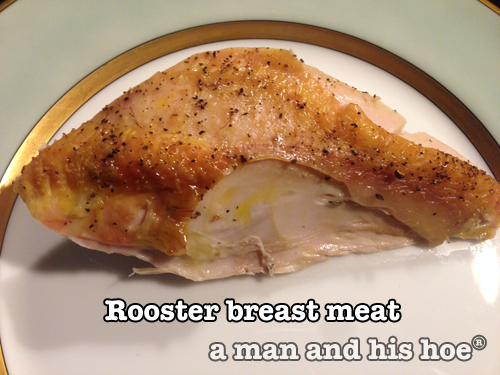
Rooster breast meat If you would like to try one of these magnificent birds, call or text me at 360-202-0386, or send an email to theman@amanandhishoe.com. Be advised, that these fully grown roosts are not available all the time, however you are always welcome to get your name on the waiting list for them.

Fully grown rooster -
Where Do You Want Your Chicken to Come From?

Foster Farms, Livingston Where would you prefer to get your chicken? From a plant like this Foster Farms processing plant which was recently closed due to cockroach infestation? At a plant like this, up to 140 chickens move through the processing line a minute. That is more than two chickens a second. And the chicken processing companies want to speed these processing lines up to 175 chickens per minute.

Butchering Cabin Or would you rather get your chickens from a quiet cabin in the woods where chickens are butchered just one at a time, and only five or so chickens are ever butchered in a single day, with each one being handled with great care?
Chickens at a man and his hoe never leave their home. They are never transported in crowded containers to processing plants miles from home. Instead, they are carefully caught, and once caught, their heads are covered with soft towels to keep them calm. They never see what is happening to them, and the other chickens never see another chicken being butchered.
It is your choice.

Butchering Kitchen 
Processed chickens